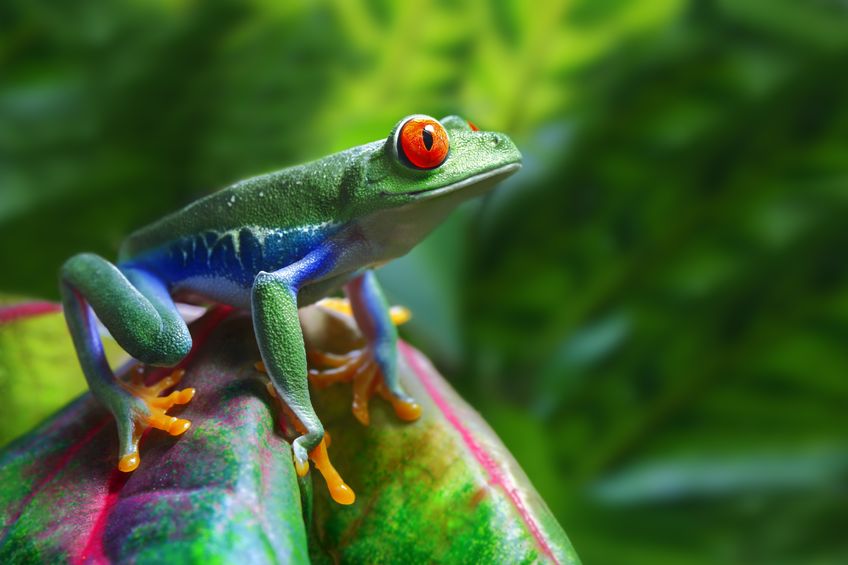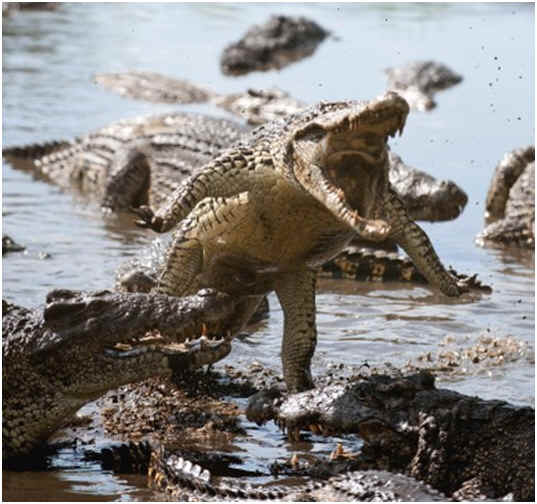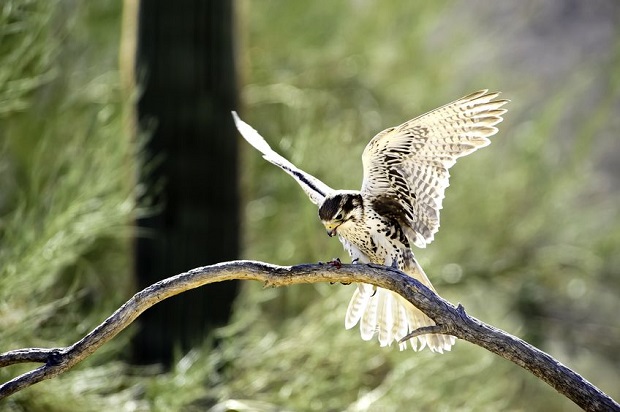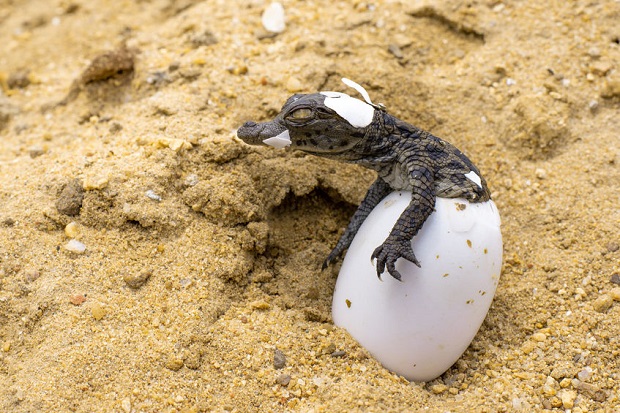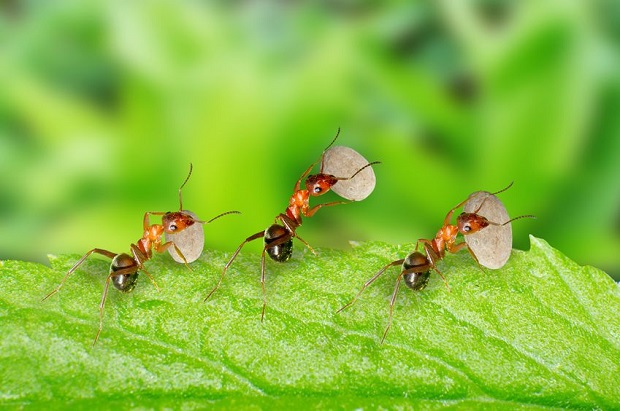
What Do Ants Eat?
With more than 10,000 different ant species, diets can vary considerably. Ants eat both plants and animals depending on several factors, including species and geographical location. The ant diet may consist of protein (other insects, larva), carbohydrates (fruit, honeydew), greasy food, or fungi.
Geography Plays a Role in the Ant Diet

Where an ant species resides plays a role in what they have available to eat. For instance, the desert ant (Cataglyphis fortis) native to the Saharan desert is able to survive the intense heat of the desert. This ant feeds on the corpses of other insects and arthropods that cannot survive the heat.
Species from the Pseudomyrmex genus are native to the dry, tropical forests of Central America and feed on the sweet sap of the Acacia plants. The two share a mutualistic relationship. The plant provides food in the form of nectar as well as beltian bodies, which are tiny sacs of protein, fatty nutrients, and vitamins that grow at the ends of its leaves. The plant also provides shelter with its thorns. These ants burrow into the thorns and lay their eggs, giving them shelter from the elements as well as predators.
The ants defend the plant against insects that eat the acacia plant. They also kill any competing vegetation that grows around the tree.
Indeed, practicality infuses every aspect of the ant food diet. In 2008, a University of Oklahoma study found that species of ants further away from ocean fronts and that topography’s plentiful supply of saltwater had a higher propensity for foraging salt over sugar than ants closer to sea. Based on the “cafeteria experiment” use of salt and sugar-soaked cotton balls, the findings were true mainly for plant-eating ants, as carnivorous ants get salt mainly from their prey.
Some Ant Species Are Finicky Eaters
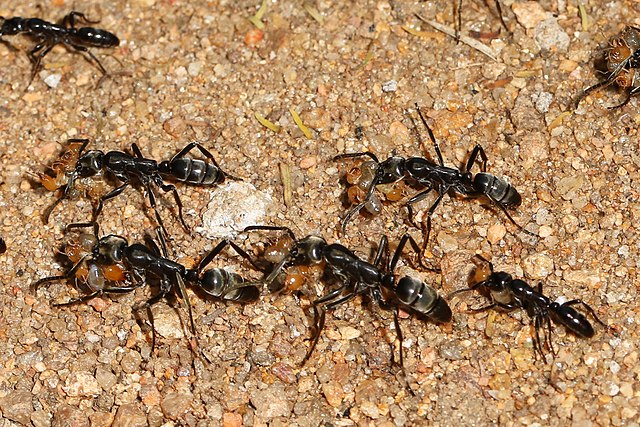
Judy Gallagher | Creative Commons
Most ant species have varied diets and will eat what is available, but there are ant species that are so finicky their diets consist of one food item. The Matabele ant (Megaponera analis) of sub-Saharan Africa, one of the largest ant species in the world, is one such species eating nothing but termites.
Ants That Make Their Own Food
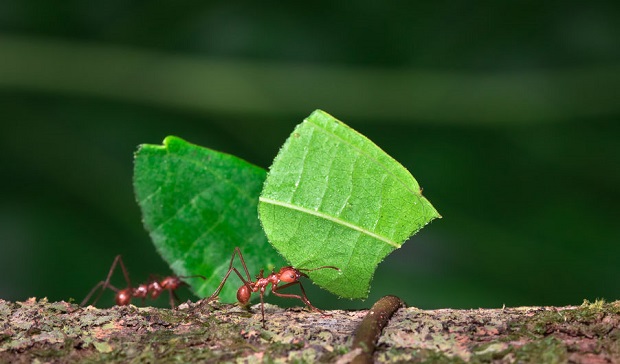
A general misconception about ants is that they eat leaves. In fact, no species of ant is known to use leaves for food, although they may at various points retrieve and transport leaves back to the colony for other practical uses such as attine ants.
Attine ants are fungus-growing ants that grow fungi gardens for colony consumption. This farming method is known as attine fungiculture. One subspecies of the attine ants, the leafcutter, is often seen carrying small bits of leaves back to its nest.
The food source originates from the queen that breaks off a piece of fungi from her original colony garden prior to seeking out a colony of her own. Once a new colony is established, ants are sent out to forage for leaves or other vegetation debris to build a substrate on which the fungus can grow. The leaves are returned to the colony, where worker ants will chew and grind them into a pulp. They add the pulp to fecal matter to form pellets. They then stack the pellets on a hill, placing the fungus on top, giving it a surface on which it can grow and multiply, creating an independent food source for the colony. This garden is tended and cultivated by worker gardening ants.
Ants That Eat Anything
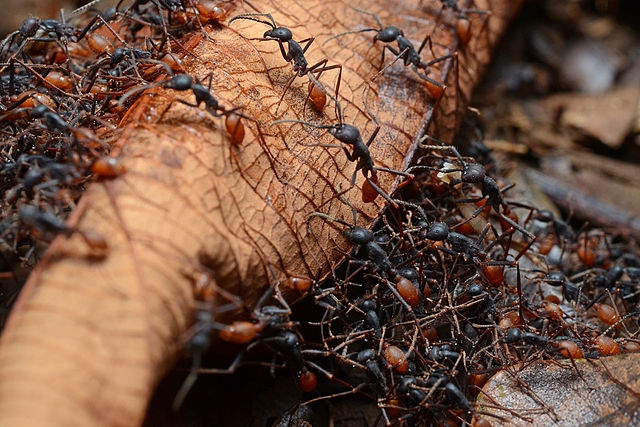
Army ants are a nomadic species that do not set up a permanent nesting site but travel as a colony. Their main diet is other ants, but if the occasion arises, they will swarm as a group and devour animals much larger than themselves, such as frogs, lizards, and even birds.
Resources
Encyclopedia Britannica
“Ant”
https://www.britannica.com/animal/ant
Vassar College – The Gall Lab
“Desert Ants in Search for Food”
https://pages.vassar.edu/sensoryecology/desert-ants-in-search-for-food/
Asknature.com
“Bullhorn Acacias Provide Nutrients and Housing for Ants in Return for Protection from Herbivores Thanks to a Mutualistic Relationship”
https://asknature.org/strategy/relationship-provides-nutrients-housing-protection/
Livescience.com
“Ants Prefer Salt Over Sugar”
https://www.livescience.com/3009-ants-prefer-salt-sugar.html
Wheeler, William Morton (1936). “Ecological Relations of Ponerine and Other Ants to Termites”. Proceedings of the American Academy of Arts and Sciences. 71 (3): 159–243
Arizona State University – Biology
“The Behavior of Ants”
https://web.archive.org/web/20130302011016/http://biology.arizona.edu/sciconn/lessons2/shindelman/background.html
Hölldobler, Bert; The Superorganism: The Beauty, Elegance, and Strangeness of Insect Societies. (2009) W. W. Norton & Company
Breed, Michael D., Moore, Janice. (2016) Animal Behavior

